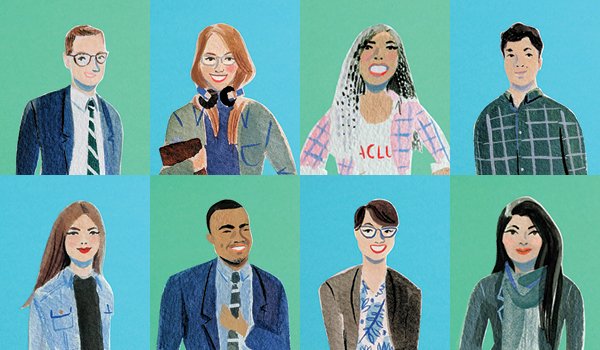I’m no doctor, but I know a worthwhile mission when I read it.
For the past nearly-year, I’ve had the pleasure of working with PLASTARC, a social research, workplace innovation, and corporate real estate strategy firm, on many of their communications. PLASTARC was founded by the inimitable Melissa Marsh, who’s dedicated her career to making workplaces work better for people.

Dr. Nancy Mroczek: No relation to PLASTARC (that I’m aware of), but I shoehorned in a tangential connection below
Recently, PLASTARC began archiving their newsletters on their website (always a great idea, in my book), and I have to say I was impressed when I had a flip through them. Yes, I did have a lot to do with writing them, but that’s not the only reason! The ideas they grew from are all PLASTARC, and all interesting, whether or not you’re an architect, HR manager, or real estate nerd. Here’s a sampling of topics and tidbits:
- Multisensory design: “Heeding multiple dimensions of sensory experience both complicates and enables the task of designing human-centric spaces; it opens exciting opportunities for leveraging workplace design strategies in increasingly nuanced ways.”
- Activity based working: “The social-centric economic structures of Europe have brought us many fresh workplace ideas, including the German-born Bürolandschaft concept, which intended to bring more organic desk groupings and elements of privacy to assembly line-style open offices with identical desks—but instead wound up spawning the now dreaded cubicle.”
- Workplace community management: “We’re constantly learning from coworking, where the best community managers often hail from backgrounds in education, political science, and even community organizing.”
- Smart buildings: “PLASTARC sees this moment as the beginning of a golden age in which technology enables building design to focus almost exclusively on serving and sustaining human experience.”
- The social data era: “Soon, we’ll be able to understand as much about the demand for work environments and architectural features as we do right now about the demand for products in a grocery store. With these unique skills and methods, we are moving from analysis to prediction of both the desirability and utility of space.”
Dang, that’s enough brain food for a week of lunch breaks! Thanks, PLASTARC.
If you’re hungry for more thought leadership on the future of workplace, subscribe to their newsletter and await the next knowledge drop. This month’s topic: SCIENCE.



